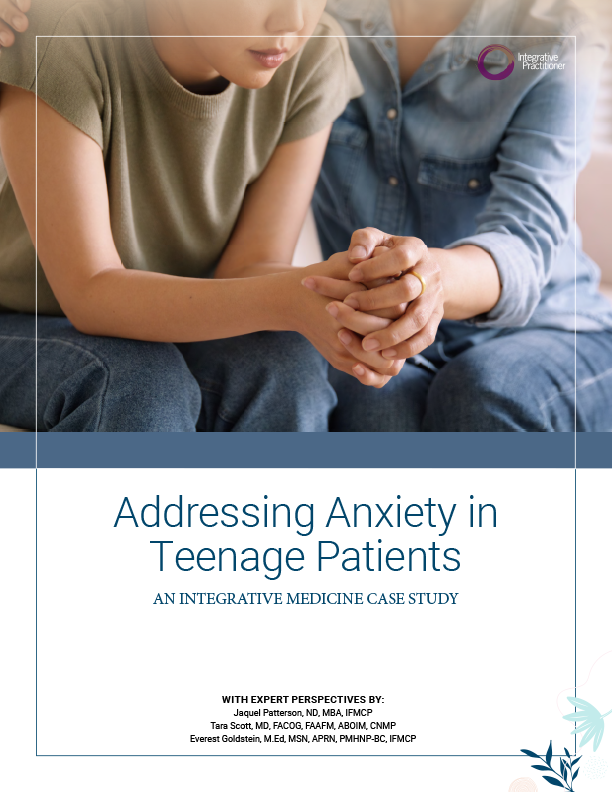Research looks at fatty liver disease in non-obese patients
Photo Cred: Edward Jenner/Pexels
By Katherine Shagoury
Non-alcoholic fatty liver disease (NAFLD) had long been thought to afflicting obese patients, while recent evidence has shown that non-obese individuals can be equally affected by NAFLD. In a new study published in the journal Hepatology Research researchers from the University of Tsukuba revealed how NAFLD presents itself differently based on the sex and body mass index (BMI) of affected patients.
NAFLD is the most common chronic liver disease and often associated with obesity, type 2 diabetes, and dyslipidemia. The researchers said non-obese NAFLD has a higher mortality rate than obese NAFLD and set out to identify the risk factors for the development for non-obese NAFLD.
To achieve their goal, the researchers included 404 patients with NAFLD in their study and divided them according to their BMI in non-obese, obese, and severely obese patient groups. As a comparison, they included 253 non-obese patients without NAFLD in their study.
The researchers found that of the male and female patients, one quarter of the members of each group had non-obese NAFLD. These patients had lower skeletal muscle mass and muscle strength compared with obese NAFLD patients, according to the study.
Although afflicted by fatty liver disease, there was only a modest increase in liver fat accumulation and insulin resistance, a precursor to diabetes and often associated with NAFLD, in non-obese NAFLD patients compared with obese NAFLD patients. This was further corroborated by the fact the visceral, or belly, fat was overall low in non-obese NAFLD patients.
Additionally, fat accumulation in muscles was more common among women. An integrated analysis of the data showed that liver fat accumulation in non-obese NAFLD was mainly dependent on visceral fat content, leptin (a hormone produced in visceral fat tissue and that induces inflammation), myostatin (a protein produced by skeletal muscle to suppress muscle regeneration) and HbA1c (a blood marker for how well the body manages blood sugar levels in the long term).
“These are striking results that show how there are important differences in how NAFLD presents itself in non-obese men and women,” said Junichi Shoda, MD, PhD, corresponding author of the study, in a statement. “Our results provide a novel insight into the pathophysiological factors governing NAFLD development.”
















